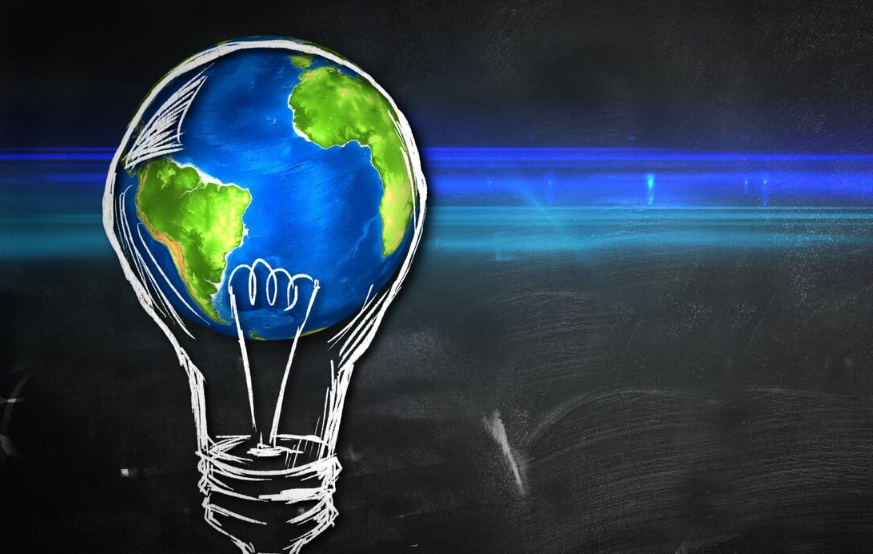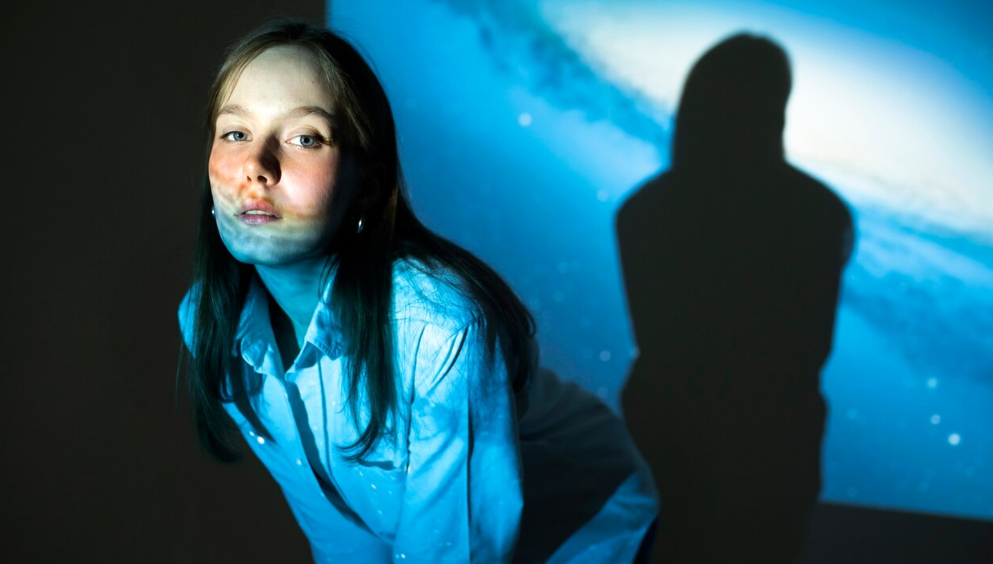In today’s fast-paced, always-connected world, quality sleep has become a precious commodity. The rise of technology has revolutionized nearly every aspect of our lives, and sleep is no exception. From smart mattresses to sleep-tracking apps, technology is playing a key role in improving sleep quality, optimizing rest, and even exploring the potential to hack sleep for better cognitive function and overall health.
This article delves into the ways technology is transforming how we sleep, the science behind sleep innovation, and the ethical implications of sleep hacking.
The Science of Sleep and Why It’s Crucial
Before diving into the technology, it’s important to understand why sleep is so crucial for our well-being. Sleep is not just about resting our bodies—it’s a vital process for physical and mental health. During sleep, our bodies repair and regenerate tissues, our brains consolidate memories, and our immune systems bolster their defenses. Inadequate sleep can lead to a host of health issues, including weakened immunity, cognitive decline, weight gain, and increased stress levels.
The sleep cycle consists of several stages, including REM (Rapid Eye Movement) sleep, where dreaming occurs, and non-REM sleep, which is deep and restorative. Understanding these stages is critical when developing technologies aimed at improving or manipulating sleep patterns.
Sleep Tech Innovations: Tools for Better Rest
1. Sleep Tracking Devices and Apps
One of the first major innovations in sleep technology came in the form of sleep trackers. Devices like the Fitbit, Oura Ring, and WHOOP Strap are now common tools that help users monitor their sleep quality. These devices track various metrics such as:
- Sleep stages: How much time you spend in light, deep, and REM sleep.
- Heart rate variability: A key indicator of overall health and stress levels.
- Movement: How much you toss and turn during the night.
By offering real-time data on sleep patterns, these devices give users the tools to understand their sleep quality and make informed decisions to improve it.
Example: Oura Ring
The Oura Ring, for example, not only tracks your sleep but also gives personalized recommendations to improve it. It provides insights based on sleep consistency, heart rate, and temperature, and it uses this data to create an overall sleep score. This score can then be used to guide your daily activities for better rest the following night.
2. Smart Mattresses and Pillows
Smart mattresses and pillows have taken sleep tech to the next level by offering personalized comfort based on real-time data. These devices often use sensors to adjust firmness, temperature, and even position to optimize sleep.
Example: Eight Sleep Pod
The Eight Sleep Pod is a smart mattress that adjusts its temperature based on your body’s movements and sleep stages. If you’re overheating during deep sleep, it cools down, promoting deeper rest. It also tracks your heart rate and respiratory rate, offering insights into how well you’re sleeping and how to improve it.
3. White Noise and Sound Therapy
Noise can be a significant disruptor of sleep, but technology is offering solutions to this problem with white noise machines and sound therapy. These devices create soothing sounds, such as rainfall, ocean waves, or even pink noise, which can help mask disruptive environmental sounds and create an atmosphere conducive to sleep.
Example: SleepPhones
SleepPhones is a unique solution for people who want to block out noise while sleeping. These wireless headphones are embedded into a soft headband and can play calming music or white noise to help you fall asleep without disturbing others around you.
4. Sleep-Inducing Wearables and Gadgets
Wearables designed to induce relaxation and improve sleep quality are also growing in popularity. Devices that use light therapy, neurostimulation, or guided breathing techniques are designed to help users enter a deep sleep more easily.
Example: Muse S Headband
The Muse S Headband uses EEG (electroencephalography) technology to monitor brain activity and helps users achieve a calm, relaxed state through real-time biofeedback. It also offers sleep meditation programs, guiding users into a deeper, more restorative sleep.
Hacking Sleep: The Future of Sleep Technology
While traditional sleep aids like melatonin supplements and sleeping pills have been widely used for years, new technology-driven approaches aim to hack the sleep cycle itself. These tools don’t just help people fall asleep; they attempt to optimize and design the sleep process for specific outcomes.
1. Lucid Dreaming Technology
Lucid dreaming—the ability to control your dreams while you’re asleep—has fascinated humans for centuries. Some technologies are now emerging to help people induce lucid dreaming with the use of light stimulation and other sensory inputs. The idea is to enter a state of REM sleep while remaining conscious, offering the possibility of exploring dreams with full awareness.
Example: NovaDreamer
The NovaDreamer is a device that aims to help users become aware they are dreaming. It uses light cues during REM sleep to trigger the realization that the dream is not real, allowing the dreamer to control the events within the dream.
2. Polyphasic Sleep and Binaural Beats
Another sleep hack gaining attention is polyphasic sleep, which involves sleeping multiple times throughout the day, instead of in one long stretch at night. This approach has been explored by notable figures such as Leonardo da Vinci and Nikola Tesla. Technology can help optimize this sleep pattern by using binaural beats and brainwave entrainment, which align the brain’s frequencies to induce a desired sleep stage, such as deep sleep or REM.
Example: Brain.fm
Brain.fm offers music designed to trigger specific brainwave states. It claims that its scientifically designed soundtracks can help users achieve more focused work, deeper sleep, or even relaxation, based on their needs. The platform uses neural algorithms to tailor music to the listener’s desired mental state.
The Ethics and Risks of Sleep Hacking
While the potential of sleep technology is exciting, there are several ethical and health-related concerns to consider:
- Long-Term Health Effects: Over-reliance on sleep tech could lead to a reliance on external devices to fall asleep, potentially interfering with the natural sleep cycle. It’s essential to balance technology with healthy sleep hygiene practices.
- Privacy: Sleep-tracking devices collect a vast amount of personal data, including your heart rate, movement patterns, and even breathing rates. The collection and use of this data raise concerns about privacy and data security.
- Dependence on Technology: As people grow more dependent on gadgets and apps to sleep, there’s a risk of becoming reliant on technology for natural processes. This could potentially limit the ability to achieve healthy sleep without technological assistance.
Conclusion
Technology is undeniably reshaping the way we think about sleep and rest. From smart mattresses and wearables to more advanced sleep-hacking techniques like lucid dreaming and polyphasic sleep, the possibilities seem endless. As we continue to innovate in the realm of sleep, we must also tread carefully, ensuring that these technologies support our well-being rather than becoming crutches that we rely on too heavily.
By using technology mindfully and combining it with good sleep hygiene, we have the potential to hack sleep, improve rest quality, and ultimately unlock better mental and physical health.


